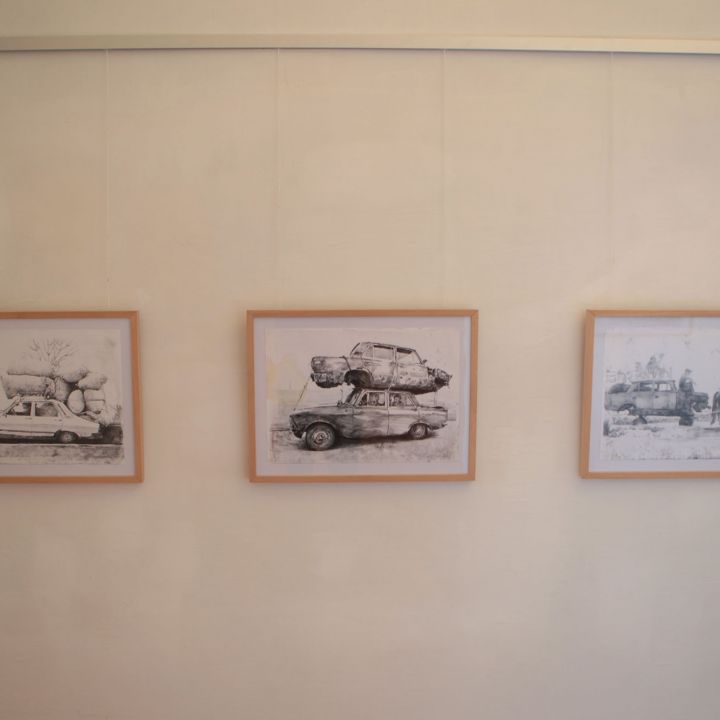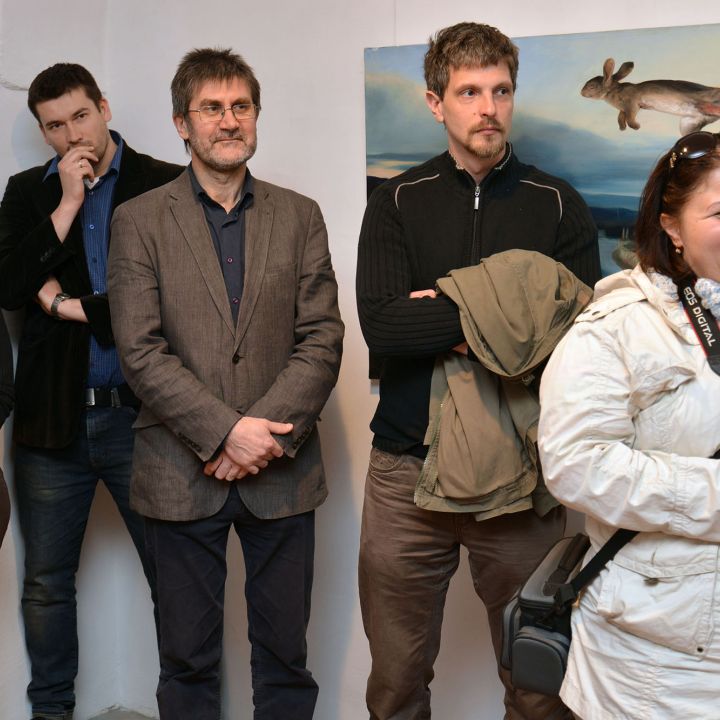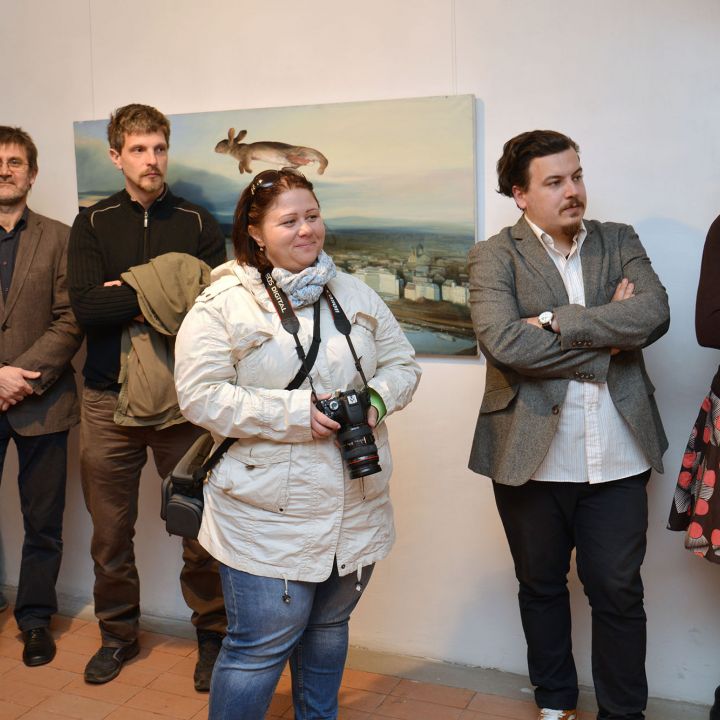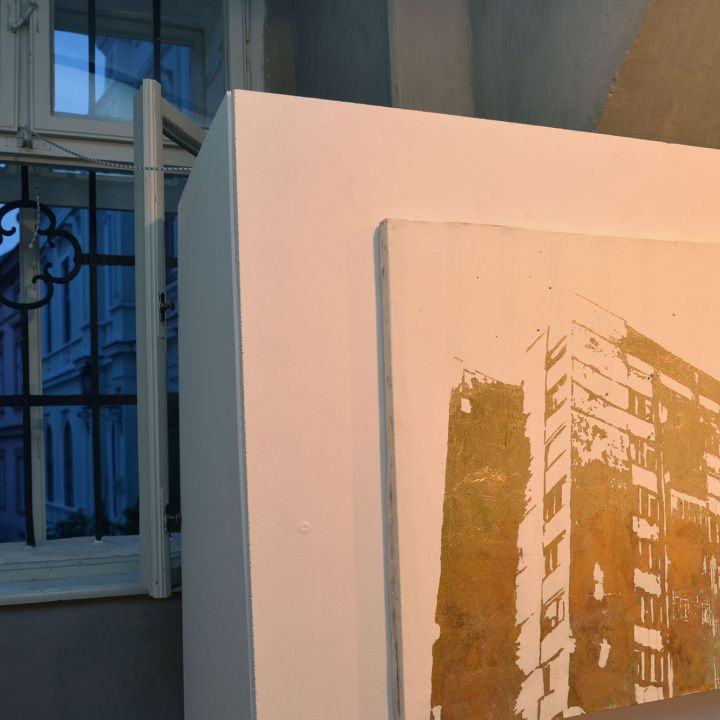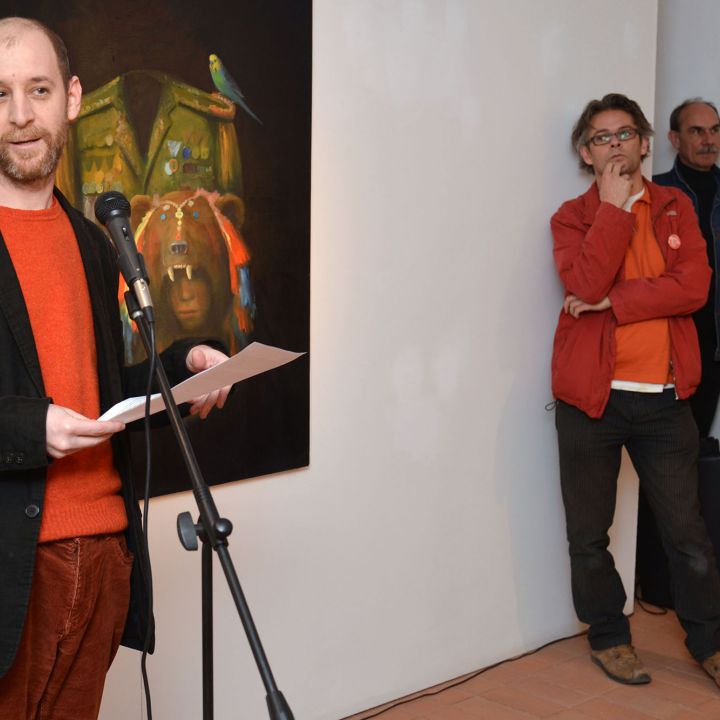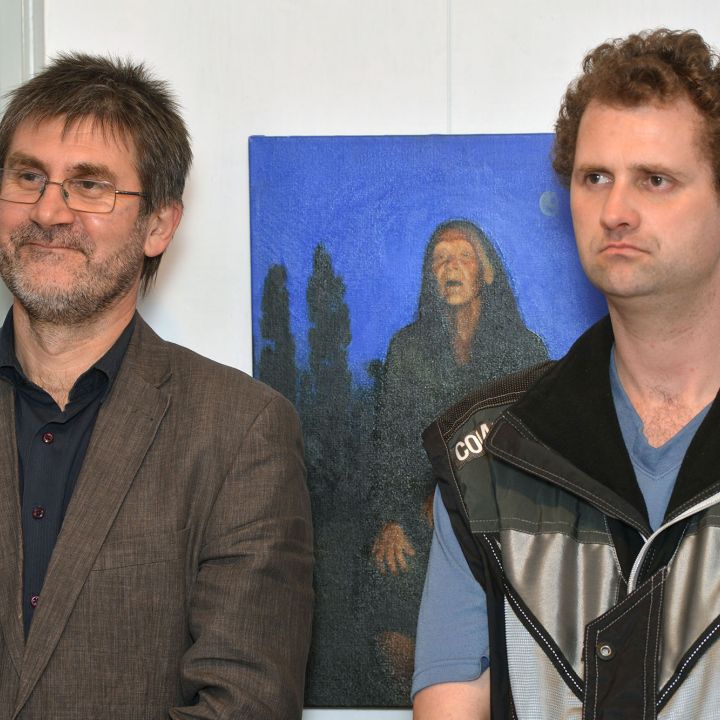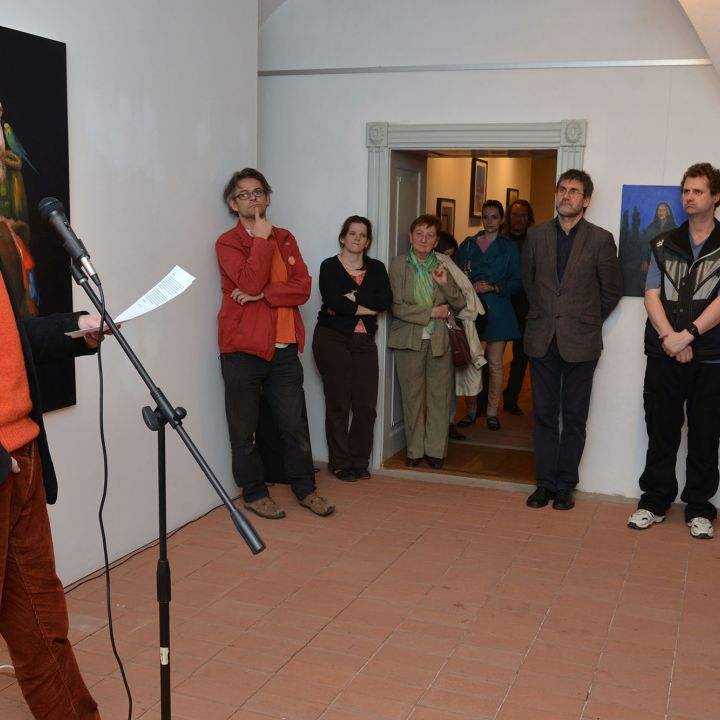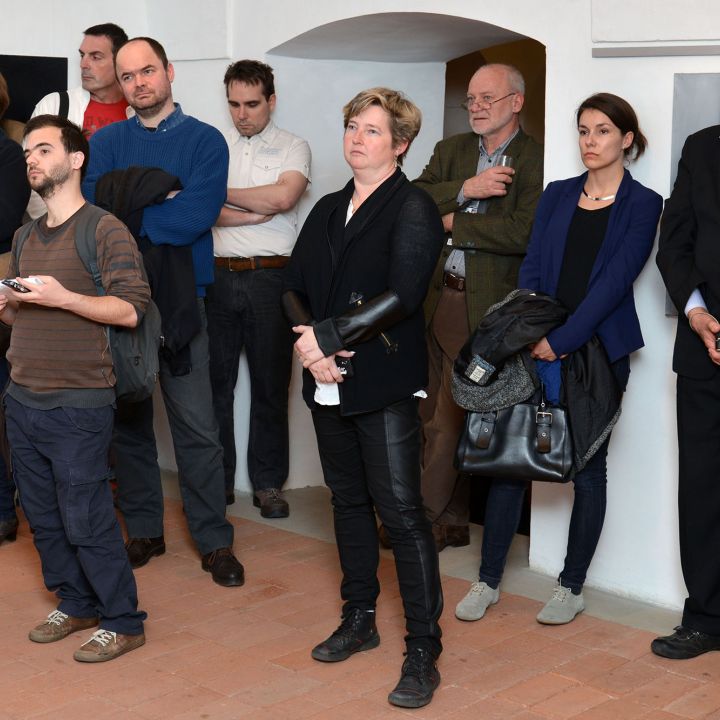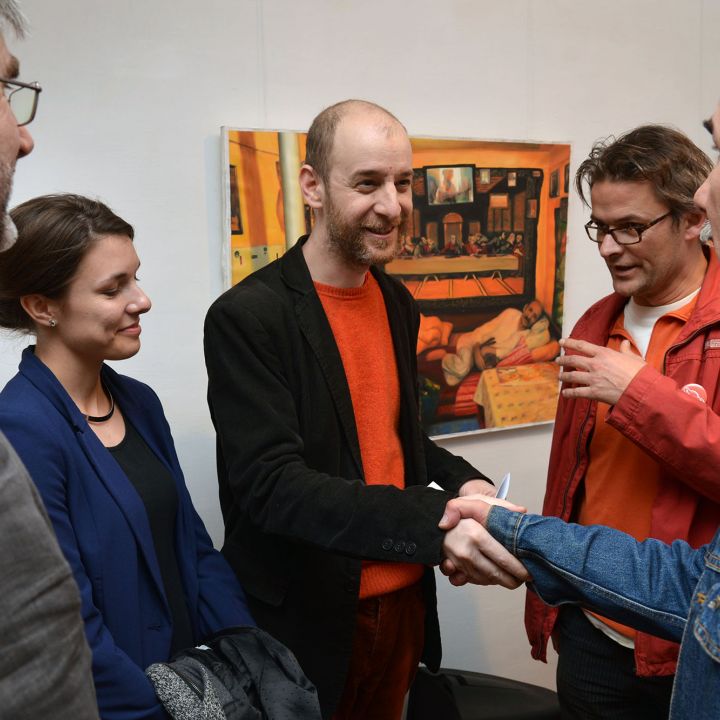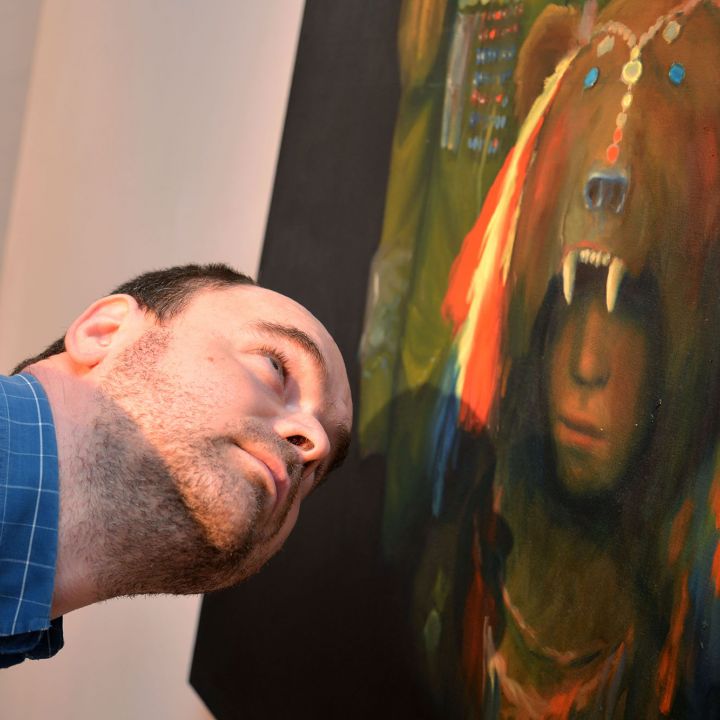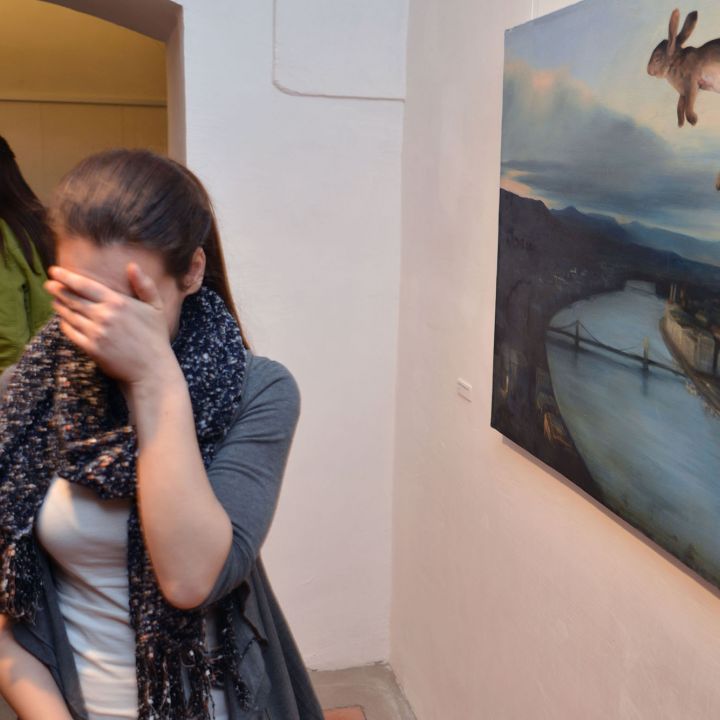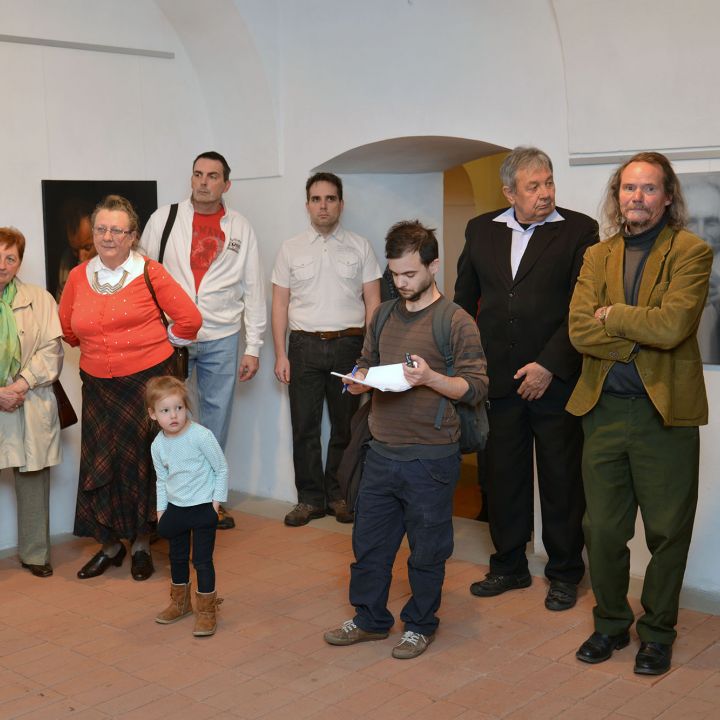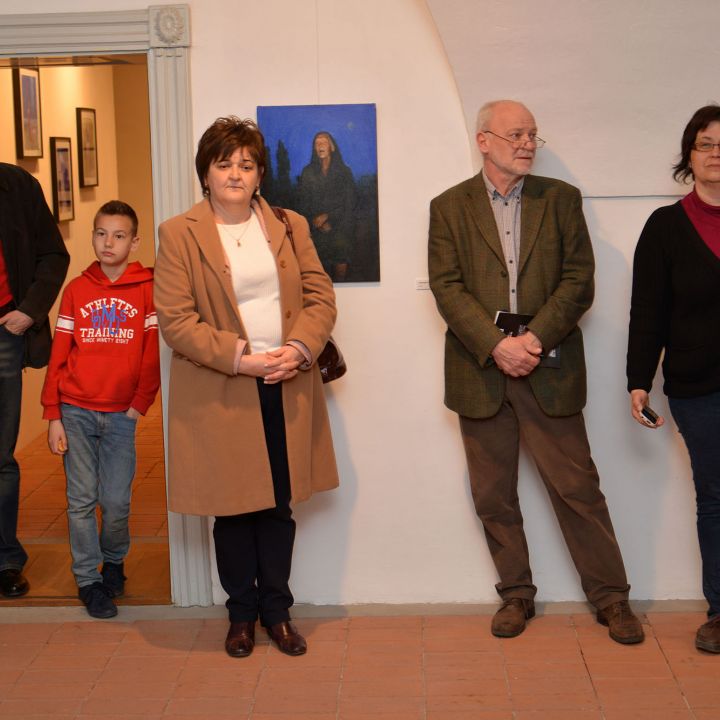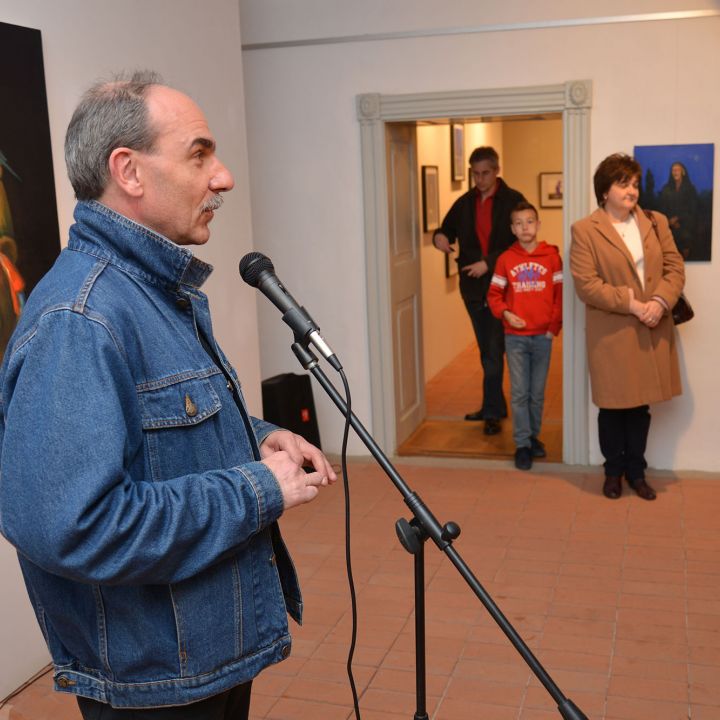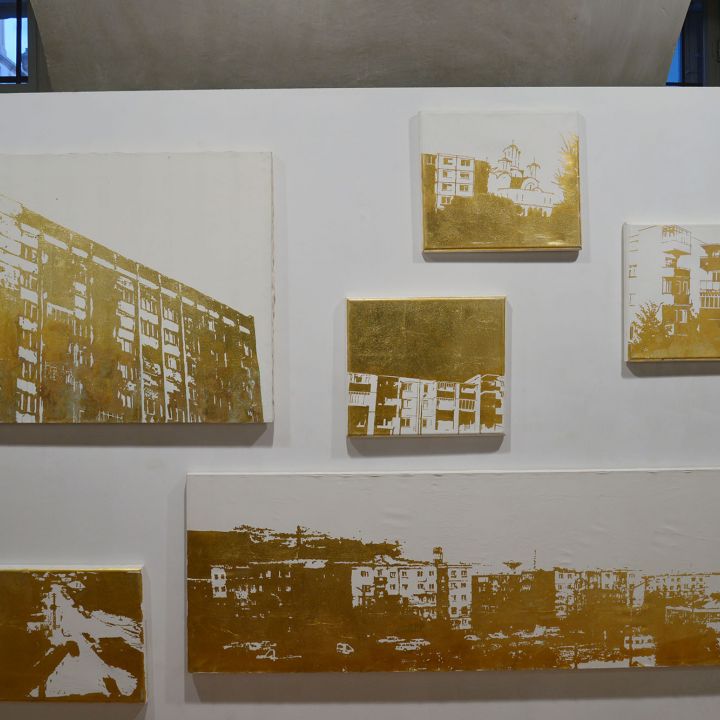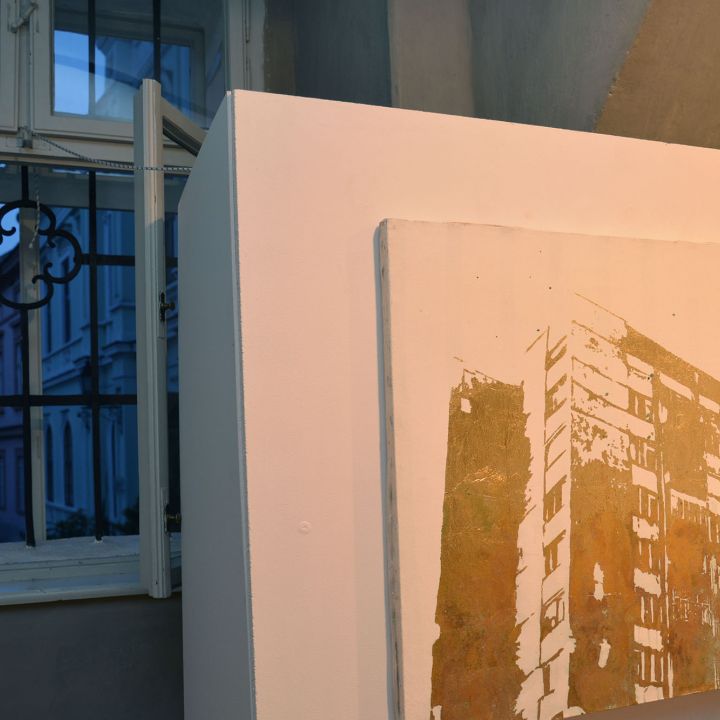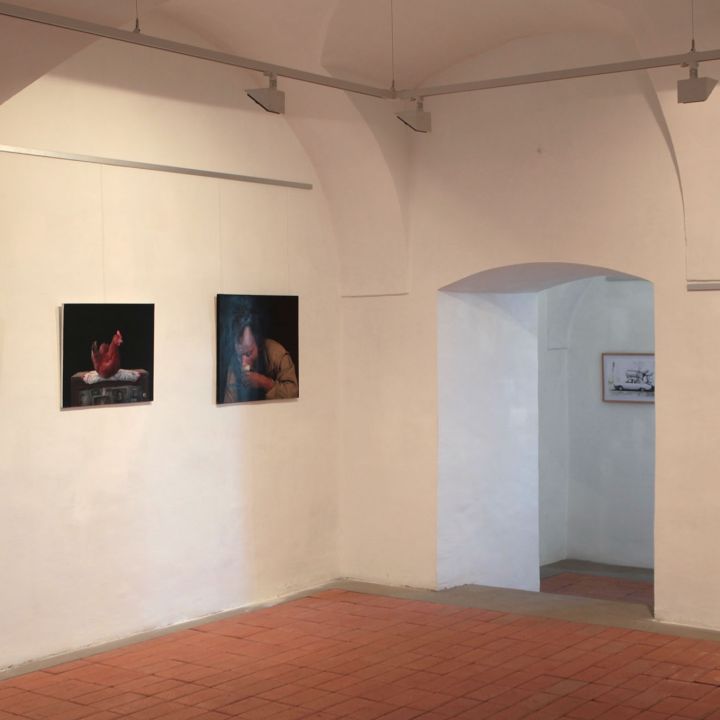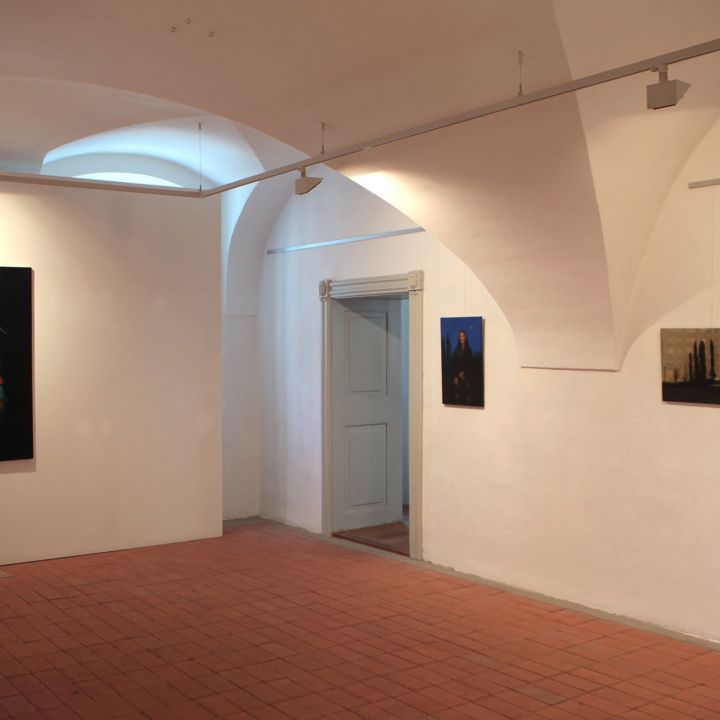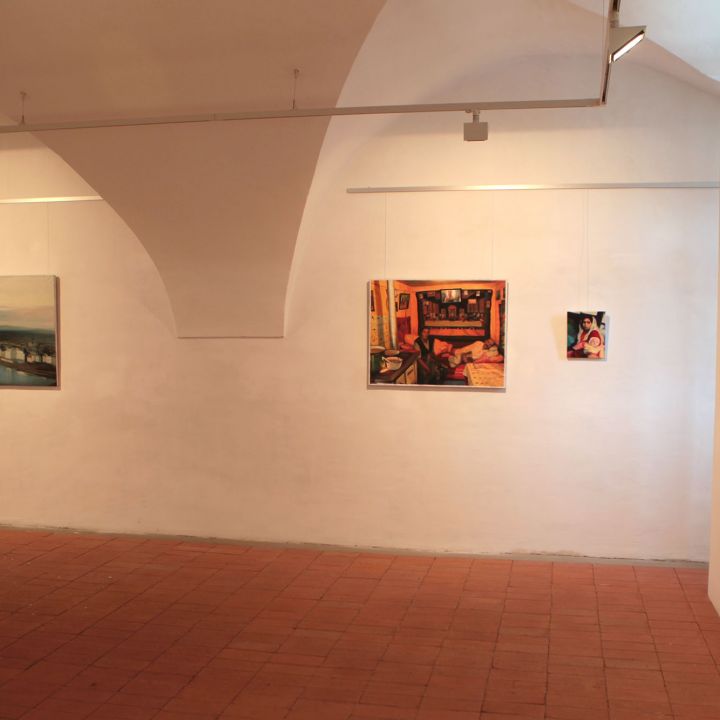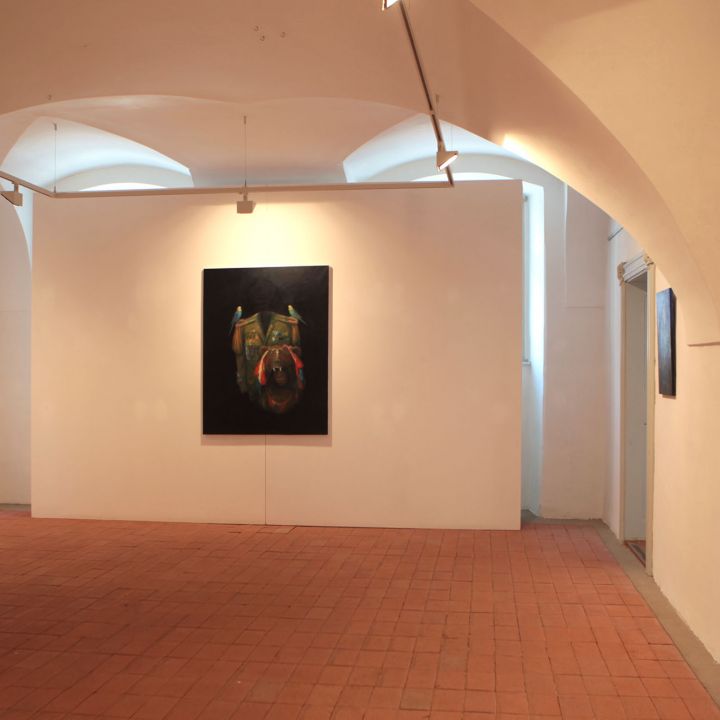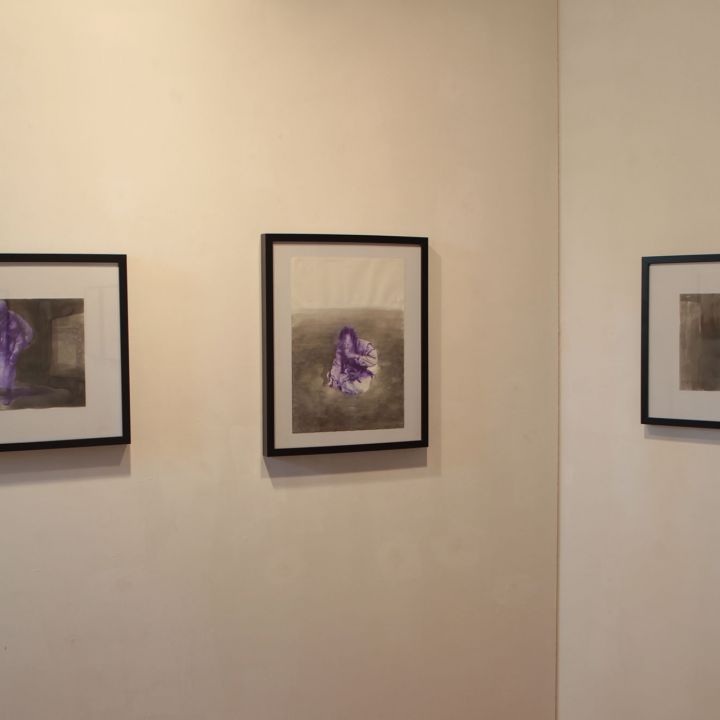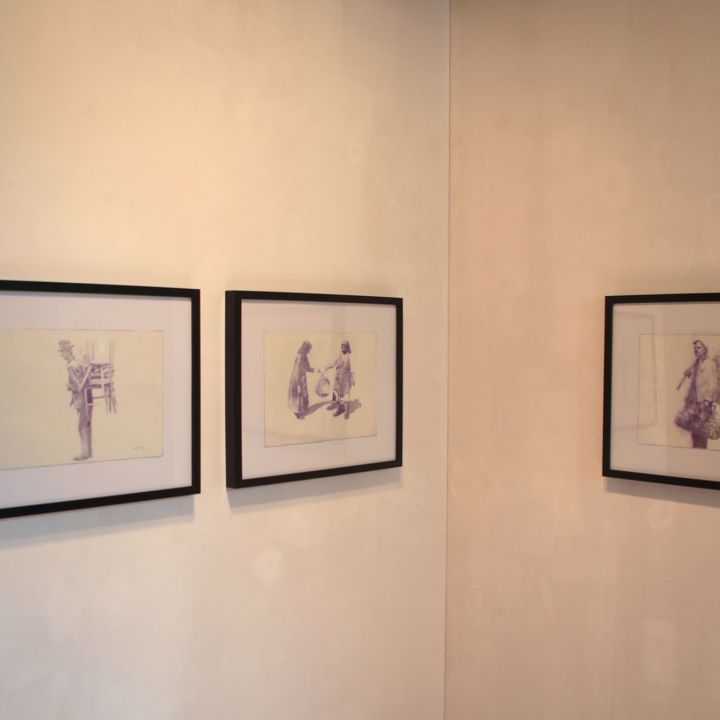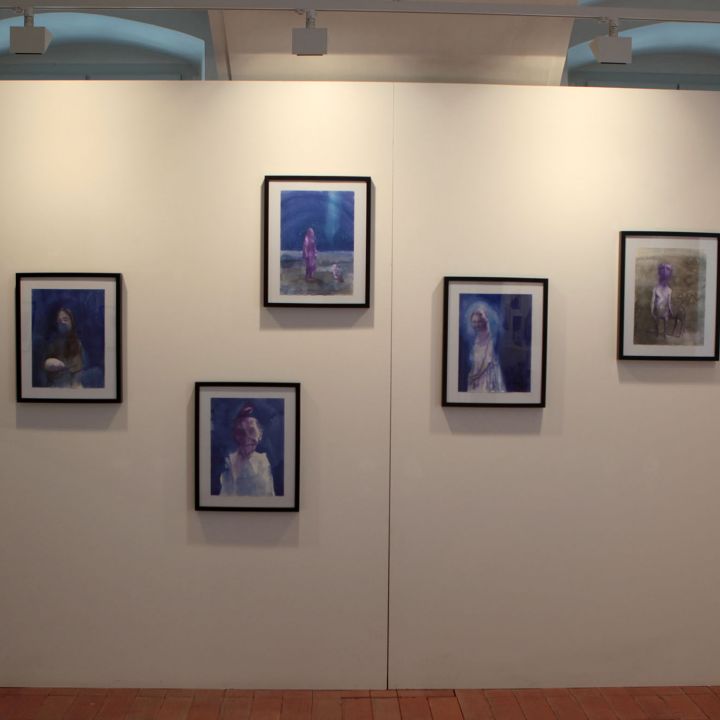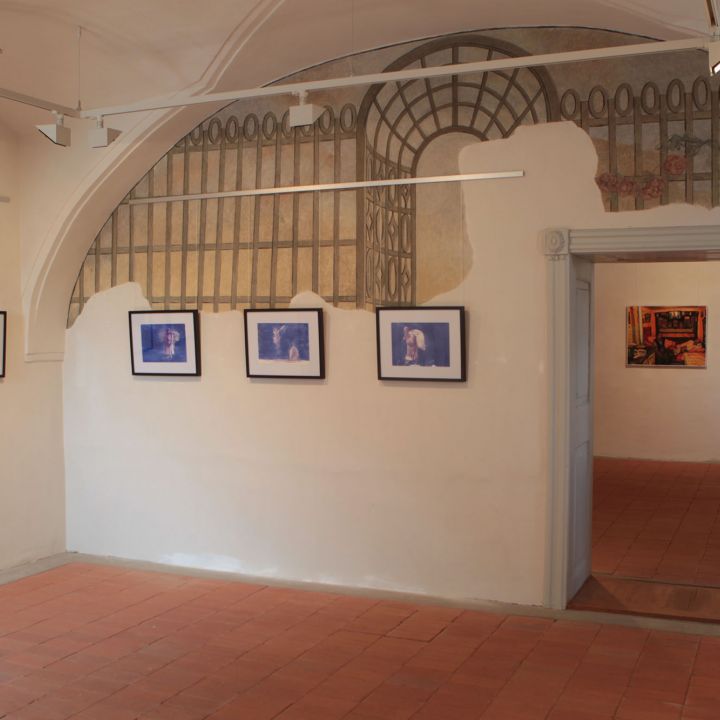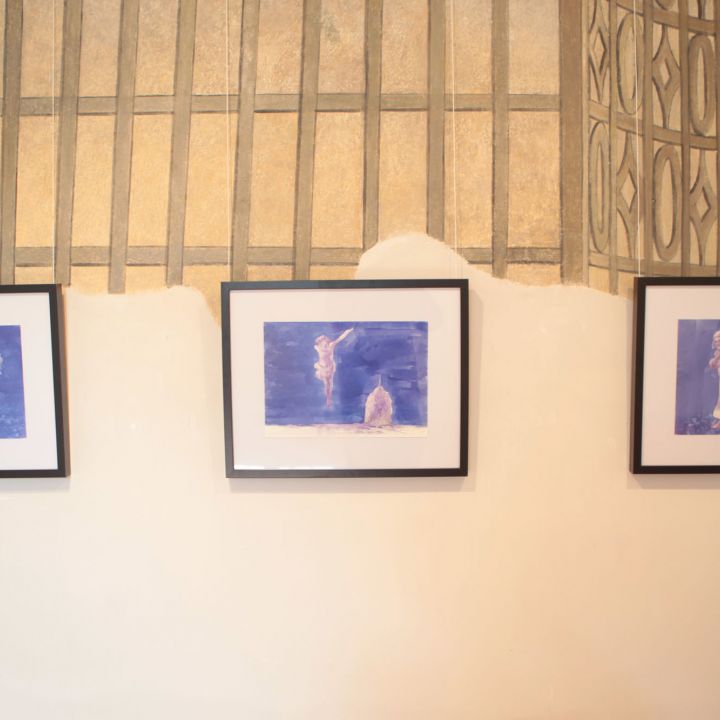"In Transylvania in the eighties we had the exceptional good fortune to live through the 'Epoca de Aur', the Golden Age, thanks to Ceausescu's regime. This was the official doctrine at the time, and we had to adapt to it, to live and speak according to it, to look upon our lives with radiant happiness, because socialism with a human face had been achieved.
They have eradicated ignorance, social inequalities, poverty and illiteracy. Of course, all this could not be achieved without the necessary sacrifices, which everyone was obliged to recognise and accept that small difficulties could arise in their personal lives. It was necessary to overcome them. It was a grotesque and contradictory world, where cities lost their architectural, ethnic and human character, where prefabricated blocks of flats took the place of suburbs or slums, where social strata were submerged. Livelihoods were an everyday problem, with sugar, bread, oil, butter, eggs and meat sold on a rationed system. Stray pigs and horses grazed in the beds of the housing estates and in the evenings the heads of the families in the flats, when they had finished fixing the Dacia would take buckets of slop to the nearby barns to feed the piglets who had to make up for the shortfall in meat. During the summer the smell of lazy cabbage was filling every street and square from Sibiu to Târgu Mures, from Cluj to Oradea.
In Transylvania, famous for its hospitality a new saying has become widespread: inviting guests is presumptuous, going to a guest is impertinent. The inhabitants of the villages were no more at peace. Those who found work in the factories of the nearby towns were happy to have it, despite the daily commutes. Because it was difficult to farm independently, you would think life was easier in the village, but everything had to be supplied, as it was here in Hungary in the 1950s. The forced and enforced dismantling of the traditional world, the contradiction between the officially serene sense of life and everyday reality was tearing people's lives apart. The Eighty-Nine Revolution was a brief euphoria, but it soon became clear that the communist regime had caused lasting damage and trauma that still remains today.
The young generation of artists of the Cluj-Napoca School is building from this experience, transforming the impact of the communist past into an artistic programme. Adrian Ghenie, Mircea Suciu or Serban Savu have created a visual world known throughout Europe. And I believe that Beata Székely's art also stems from this experience.
Beata Székely has great talent and courage to analyse this experience from the mundane. The gold of icons and old panel paintings or other sacred works appears in one of her series. The golden background never refers to the earthly presence, never to the profane, indicating that the scene is set in a celestial, sacred dimension. She uses gold smoke in her paintings of panels, but this makes the contradiction between the sight of the blocks, the thought that creates them and the sacredness all the more fraught. We have this surreal golden age.
I don't wonder about her other series, Jerk Jokes, this monotype series fits well into a world where panels are bathed in gold. Grotesque characters who survive on the back of ice, descurcarets, tricksters, as the Romanians call them. They do not lament their misery, they are true survivors. But they no longer live in the tradition. Besides, the traditional world is only here and there. Rather, they seem to inhabit a zone where tradition does not prevail, where the laws of survival adapt to changed circumstances and where individual interests override the community order. Drama, desolation, loneliness. Ezopus, the mythological centaur and Europa, the Muse who has already kissed her kisses. Mythological figures. In ink pencil, watercolour. I would like to note here that the ink pencil was also the specific tool of the world we have described above, it was found in every household and you had to drool to write with it. It is no coincidence that Beáta chose this tool, a relic from her grandparents' house for this series, in which the tool is given greater significance and symbolic value adding a melancholic overtone to the somewhat grotesque works.
In parallel, Beata has now opened an exhibition of her recent oil paintings in Szolnok. Yet these works are also representative of the diversity of her work. Just as in the drawings something of the world of photography appears in some of the pictures, so too the influence of the sister genre shines through. They are precise works made with great care and discipline. Yet their strength does not lie in their precision, but in the inner, tense, visionary force that sometimes strikes the viewer in the most unexpected ways. A loose, drawn-out brushstroke or a delicate web of colours or the astonishing juxtaposition of a single pictorial element gives the paintings that extra something that reinforces their magical world, which is far removed from reality.
In her art based on Transylvanian experiences Beáta Székely touches on different topos in a way that is free of any cliché. For her Transylvania is not evoked by pine forests and topographical beauty, but by the dramas of inner stories. The Transylvania that Hamvas himself writes of as pregnant with extraordinary inner tensions, rich refinements and the elusive reality of the Fairy Garden and which bears the legacy of Byzantium and the West alike. It is from this intangible medium that she takes her starting point and she depicts this heritage with a naturalness that is only characteristic of really good artists."
Opening text by painter Lehel Kovács
The exhibition was linked to the Transylvanian Days event

